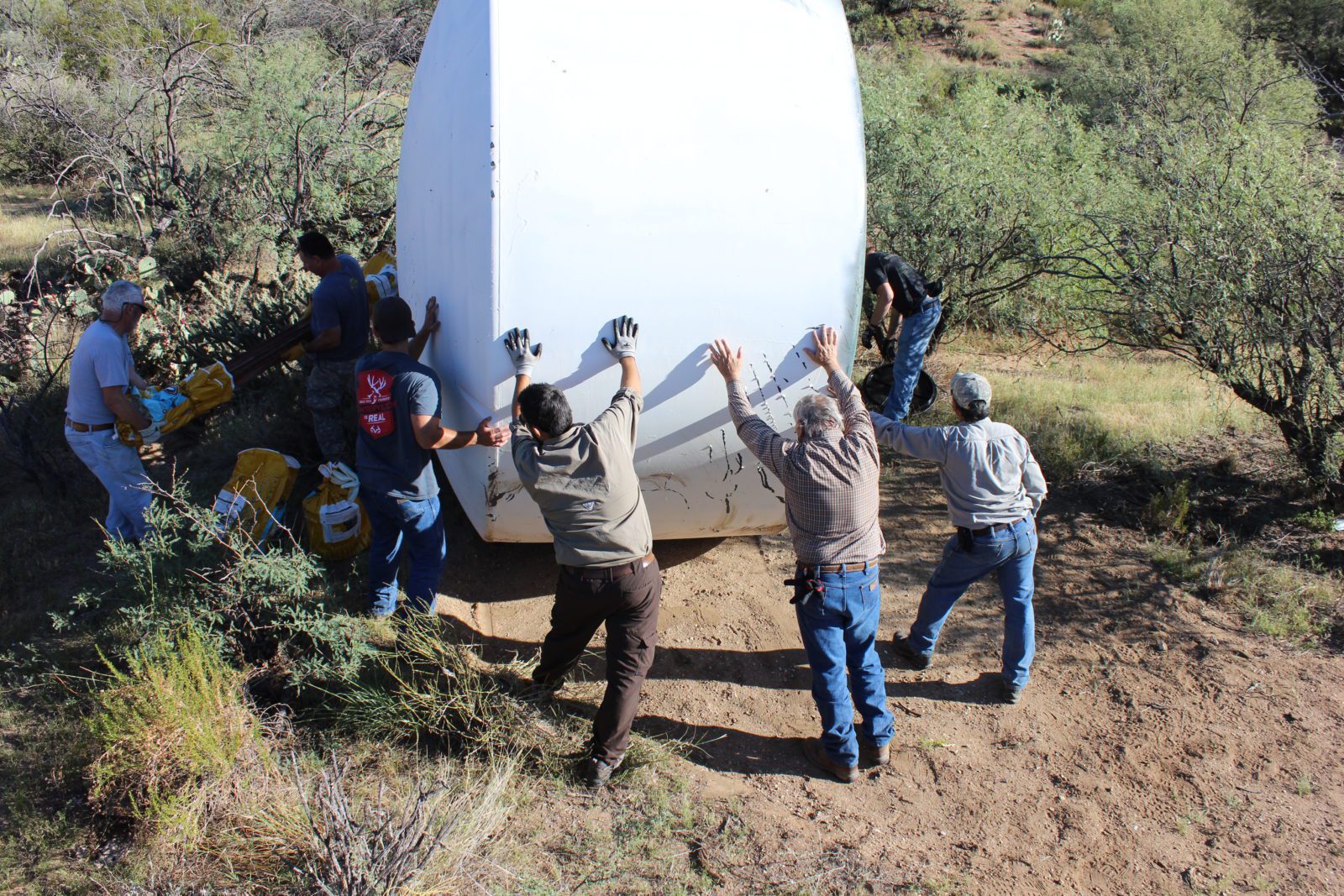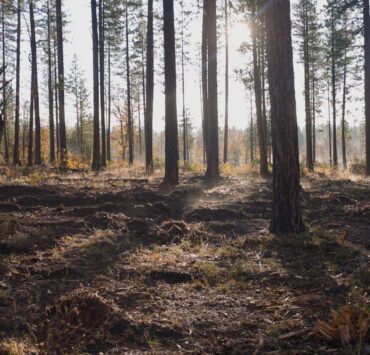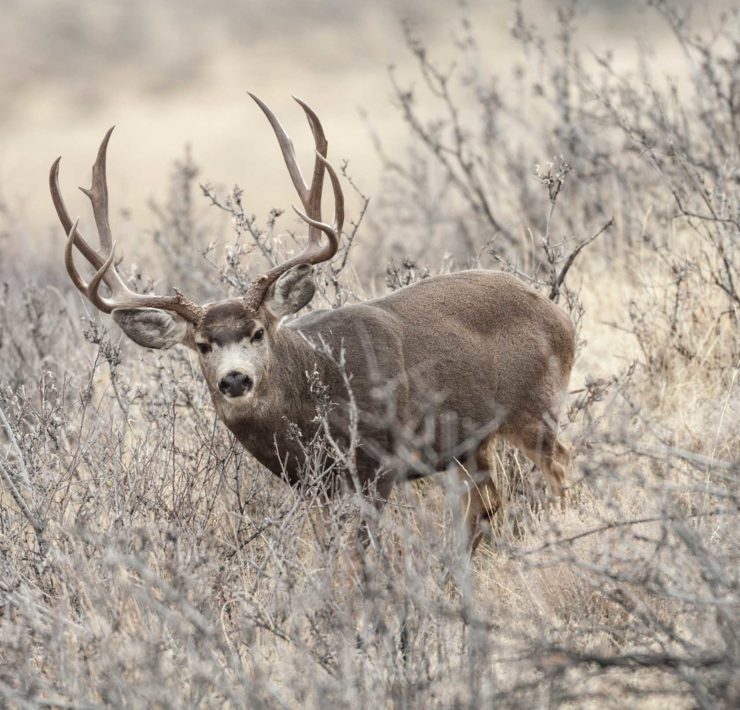Where Do They Go? Locating Mule Deer in Drought Years

By: Trevor J Hubbs
On the dry ridges outside Tucson, AZ hunters know that a year of poor rainfall can turn a once familiar hunting ground into an unfamiliar puzzle. Traditional glassing spots may come up empty, and the basins that normally hold deer can feel barren. But those who adjust their strategy now hyper focusing on scarce water sources, higher elevation forage, and subtle changes in deer movement can still find success even in tough years.
Hunting Mule Deer in Drought Conditions
Drought reshapes the landscape in ways that mule deer can’t ignore. Springs dry up, forage quality declines, and cover shrinks. For hunters, this means mule deer won’t always be where they “should” be.
Key adjustments hunters make in drought years include:
- Water first. Permanent tanks, reservoirs, and seeps become prime destinations when ephemeral water sources disappear.
- Go higher. Deer often move upslope where vegetation stays greener longer and temperatures are cooler.
- Look for agriculture. In some areas, irrigated fields and alfalfa pivots draw deer like magnets.
- Stay mobile. Traditional patterns may be abandoned, requiring hunters to glass more country and adapt quickly.
In places like Arizona, hunters who key in on these shifts, especially by using digital tools like OnX to map out reliable water and scouting early, can still notch their tags despite dry conditions.
Beyond the Hunt: What Drought Means for Mule Deer
While hunters adapt to changing patterns for a season, is some states and regions mule deer face drought like conditions year-round. Reduced forage quality can limit fawn survival and slow antler growth. Lack of water increases stress and makes deer more vulnerable to predation and disease. Over time, repeated drought cycles chip away at herd health.
That’s where conservation comes in.
MDF’s Work in Drought Years
The Mule Deer Foundation has long recognized the challenges that drought presents across mule deer range. With support from members, volunteers, and partners, MDF works to ensure herds can withstand the toughest conditions. Projects include:
- Water Development & Maintenance – Installing and maintaining wildlife guzzlers, restoring stock tanks, and improving access to permanent water sources.
- Riparian Restoration – Rehabilitating streamside habitat so it holds water longer into the year, providing both forage and cover.
- Upland Habitat Improvement – Removing invasive species and reseeding native forbs and shrubs that provide nutrition even in dry years.
- Policy & Advocacy – Working with state and federal agencies to secure funding for drought resilience projects and ensure mule deer habitat is a priority in resource planning.
Why It Matters
Drought will always be part of life in mule deer country. But by combining hunter know-how with strategic conservation, we can make sure herds have the resources they need to thrive. For hunters, that means healthier deer and better opportunities down the road. For MDF, it reinforces our mission: to conserve mule deer and black-tailed deer and their habitat, ensuring their future for generations of hunters and wildlife enthusiasts alike.
Good Luck this Fall!
As always, good luck this fall everyone and remember to send any success pictures or stories from the field to [email protected] and you could be featured on our website or in our magazine. If this article or any of our articles have helped you become a better hunter or conservation steward, consider becoming a member of the Mule Deer Foundation for only $35 dollars a year. Click here to join: https://muledeer.org/product-category/membership/
Trevor Hubbs

Trevor is the Communications Manager and Editor for the Mule Deer Foundation and Blacktail Deer Foundation. He grew up hunting and fishing the Ozark Mountains for quail, ducks, and bucks. Now he ventures west for mule deer as often as possible.



